At the seminar “Circular Economy: From Reality to Policy” organized by the Natural Resources and Environment Newspaper and the Green Development Journalism Club towards Netzero carbon on November 27, Mr. Nguyen Quoc Khanh - Chairman of the Handicraft and Wood Processing Association of Ho Chi Minh City (HAWA) shared his perspective on “Carbon market - Opportunities and challenges for the Vietnamese wood industry”.
According to Mr. Nguyen Quoc Khanh, with Vietnam's commitment to achieving net zero emissions by 2050 and its commitment to combating forest degradation under the European Commission's EUDR deforestation regulation, which will be applied by the end of 2024, the wood industry has both great long-term opportunities and immediate challenges.
 |
| Speakers at the panel discussion “Circular Economy: From Practice to Policy” |
Regarding advantages, Mr. Khanh said that the wood industry benefits from the trend of using wood materials to replace high-emission materials such as metal, plastic, concrete, etc. In addition, wood is not only widely used in interior products as before, but will have great opportunities in the construction industry with Mass Timber (large structural wood). In addition, wood materials will also be widely used in the renewable biomass energy industry, consumer industry, packaging, etc. because of their low emission capacity, easy decomposition and recycling. "With the ability to emit negative emissions, the wood industry and especially forestry can achieve carbon credits to trade to offset other industries," Mr. Khanh said.
Thus, according to Mr. Khanh, the opportunity for carbon credits in the wood industry will come from forestry carbon. Specifically, Vietnam has 14.2 million hectares of forest, accounting for 42% of the country's area, of which 7 million hectares are planted for production. In these two areas of natural forests and planted for production, if managed effectively, and biomass growth and emission reduction can be demonstrated, this is an abundant source of carbon credits. "Recently, Vietnam has received the first 41 million USD (equivalent to 10.3 million carbon credits) from the World Bank (WB) due to the transfer of forest carbon credits," said Mr. Khanh.
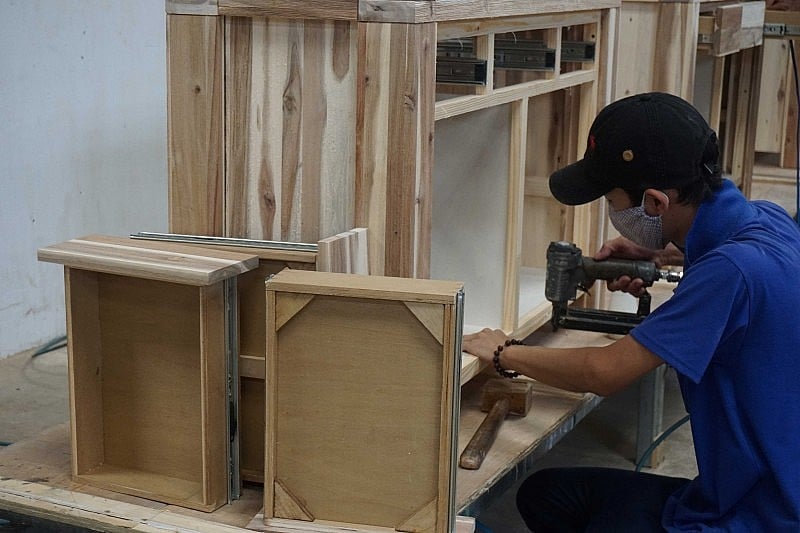 |
| Wood industry faces many opportunities to participate in carbon market |
According to Mr. Khanh, Vietnam also has opportunities from afforestation for the purpose of reclaiming land and land retention in the southern and southwestern coastal areas from Can Gio, Soc Trang, Bac Lieu, Kien Giang, etc. Particularly in the wood processing sector, this is basically still a negative emission industry. If businesses can build a greenhouse gas emission counting system, a system to help trace carbon footprints, then there will be carbon credits left over for trade, with revenue outside of the main product.
However, Mr. Khanh also pointed out some challenges. That is to build a sufficient and stable source of raw materials in terms of both domestic and imported volumes to meet the diverse needs of wood industry groups; at the same time, ensuring domestic environmental sustainability goals and Vietnam's global commitments. Another challenge is to build a governance infrastructure to facilitate organizations, businesses and people to take advantage of opportunities from the carbon credit market.
In order for the wood industry to participate in the carbon market, Mr. Khanh suggested that, in addition to having legal policies, it is necessary to have an infrastructure to support this market. Specifically, an infrastructure for forestry and agricultural data. "This database management mechanism will help people, organizations, and businesses to trace the origin and verify transactions," Mr. Khanh analyzed.
In addition, digital transformation in establishing national databases on agriculture and forestry and facilitating platforms for tracing, verifying, and managing greenhouse gas emissions will ensure transparency, efficiency, and reduce administrative intermediary costs. Thereby, helping businesses and people benefit maximally from the efficiency of the carbon credit market.
Along with the above solutions, the State and banking and insurance institutions need to step in to create a mechanism to promote the planting of large timber forests, both creating high value-added output and adding income from carbon credits.
Source link



![[Photo] Ho Chi Minh City after 50 years of national reunification through buildings and symbols](https://vstatic.vietnam.vn/vietnam/resource/IMAGE/2025/4/15/a224d0b8e489457f889bdb1eee7fa7b4)
![[Photo] Welcoming ceremony for Prime Minister of the Federal Democratic Republic of Ethiopia Abiy Ahmed Ali and his wife](https://vstatic.vietnam.vn/vietnam/resource/IMAGE/2025/4/15/77c08dcbe52c42e2ac01c322fe86e78b)
![[Photo] General Secretary To Lam meets with veteran revolutionary cadres, meritorious people, and exemplary policy families](https://vstatic.vietnam.vn/vietnam/resource/IMAGE/2025/4/15/7363ba75eb3c4a9e8241b65163176f63)
![[Photo] National Assembly Chairman Tran Thanh Man attends the summary of the organization of the Conference of the Executive Committee of the Francophone Parliamentary Union](https://vstatic.vietnam.vn/vietnam/resource/IMAGE/2025/4/15/fe022fef73d0431ab6cfc1570af598ac)
![[Photo] Air Force actively practices for the April 30th celebration](https://vstatic.vietnam.vn/vietnam/resource/IMAGE/2025/4/15/16fdec3e42734691954b853c00a7ce01)
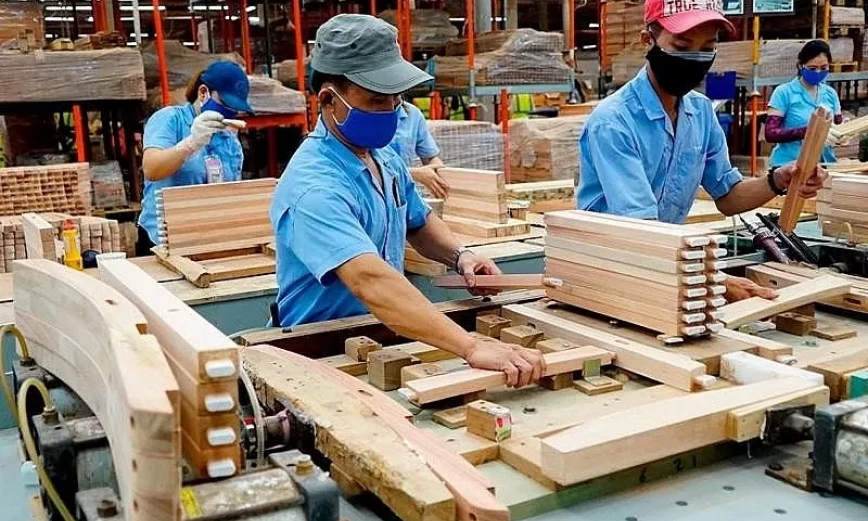

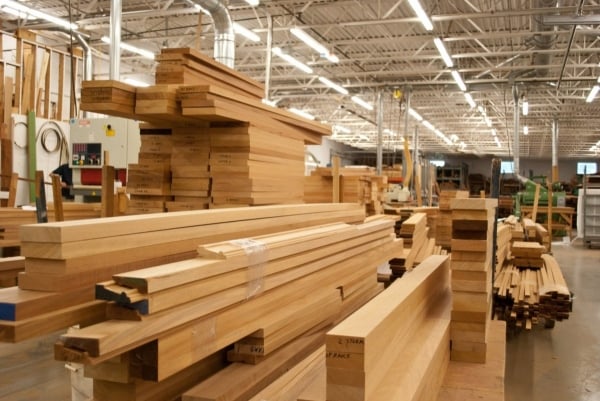
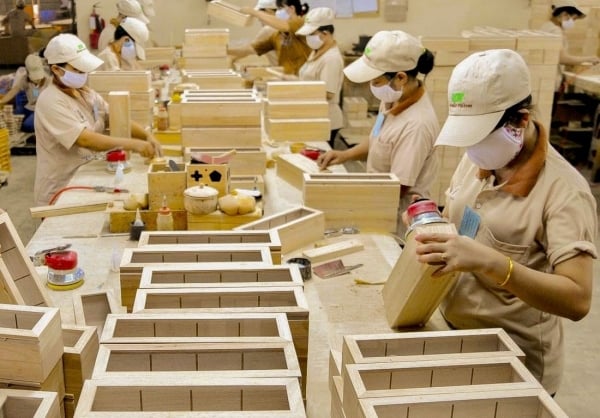



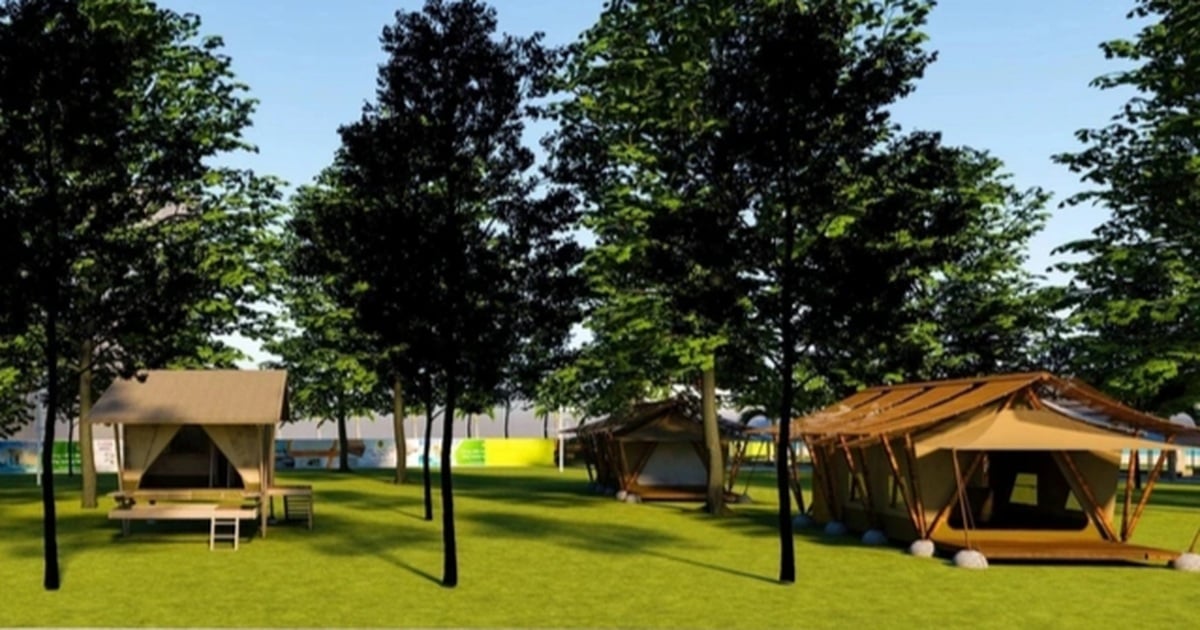

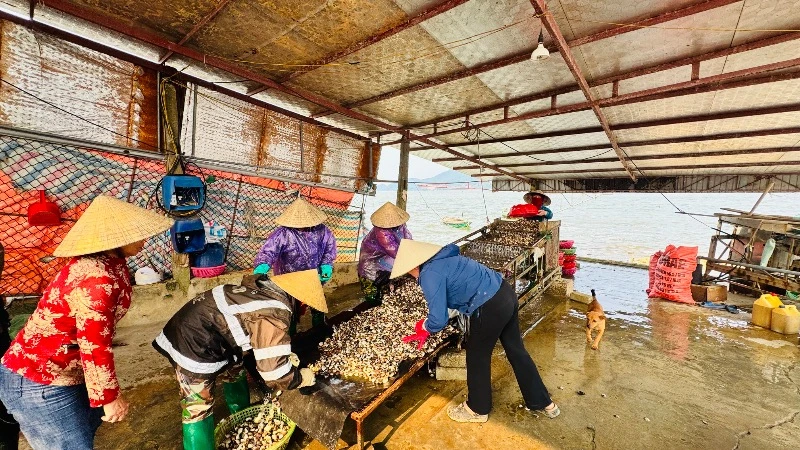
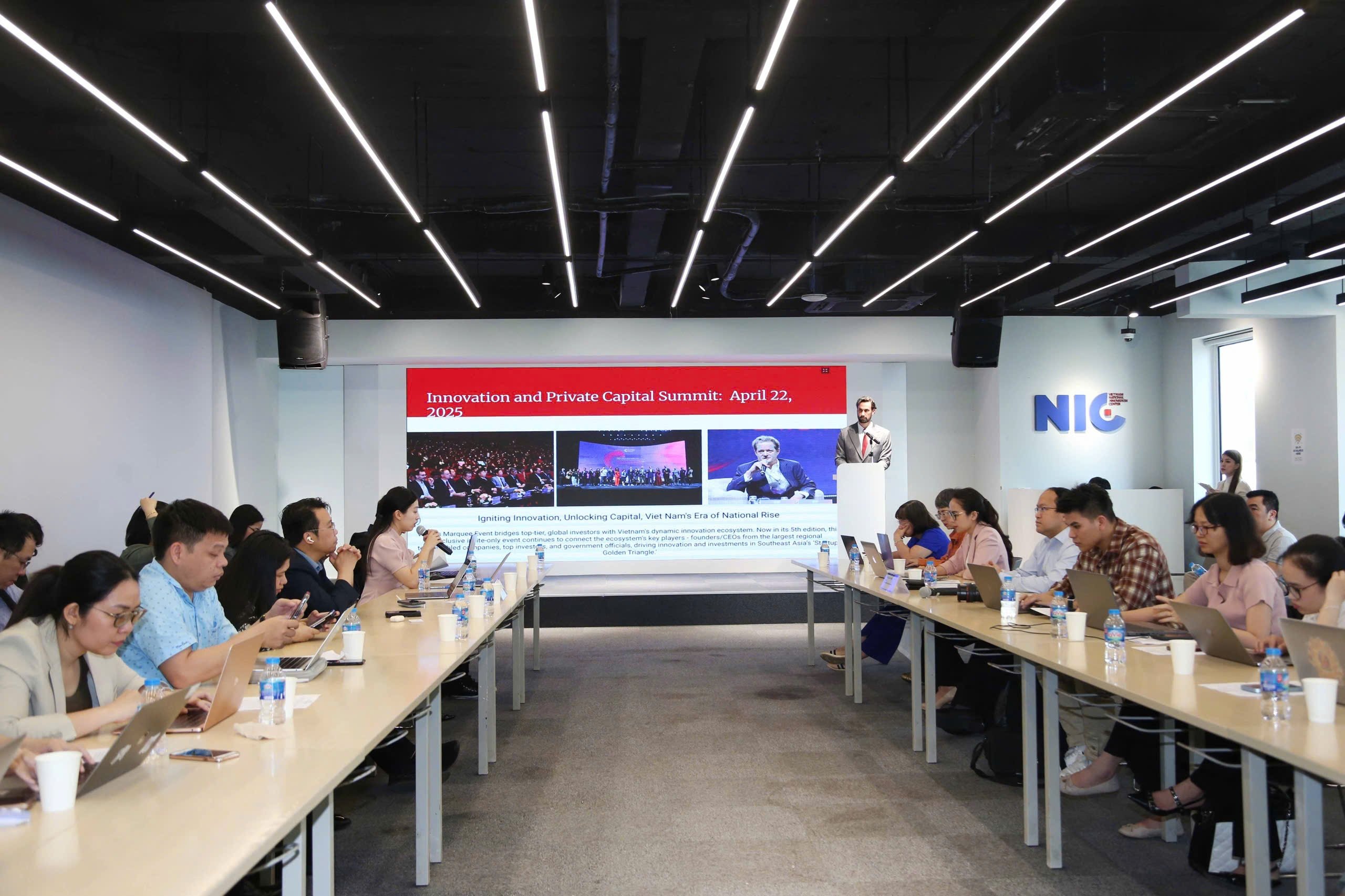



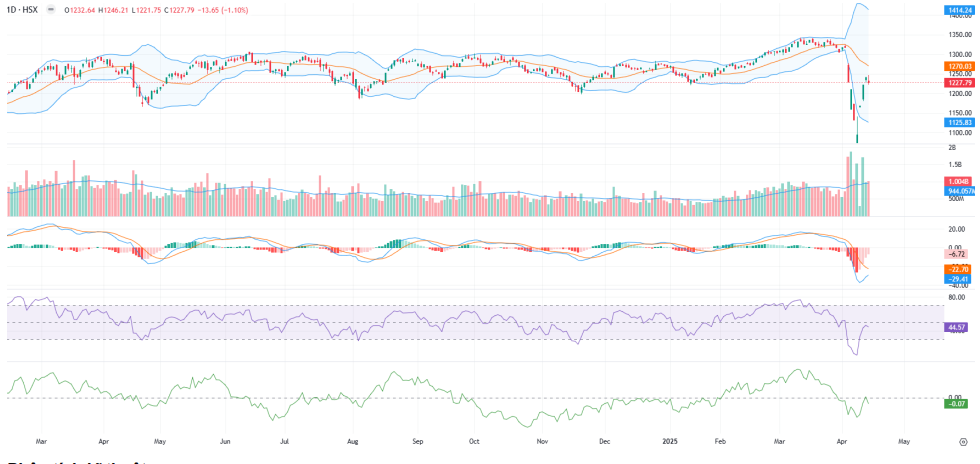










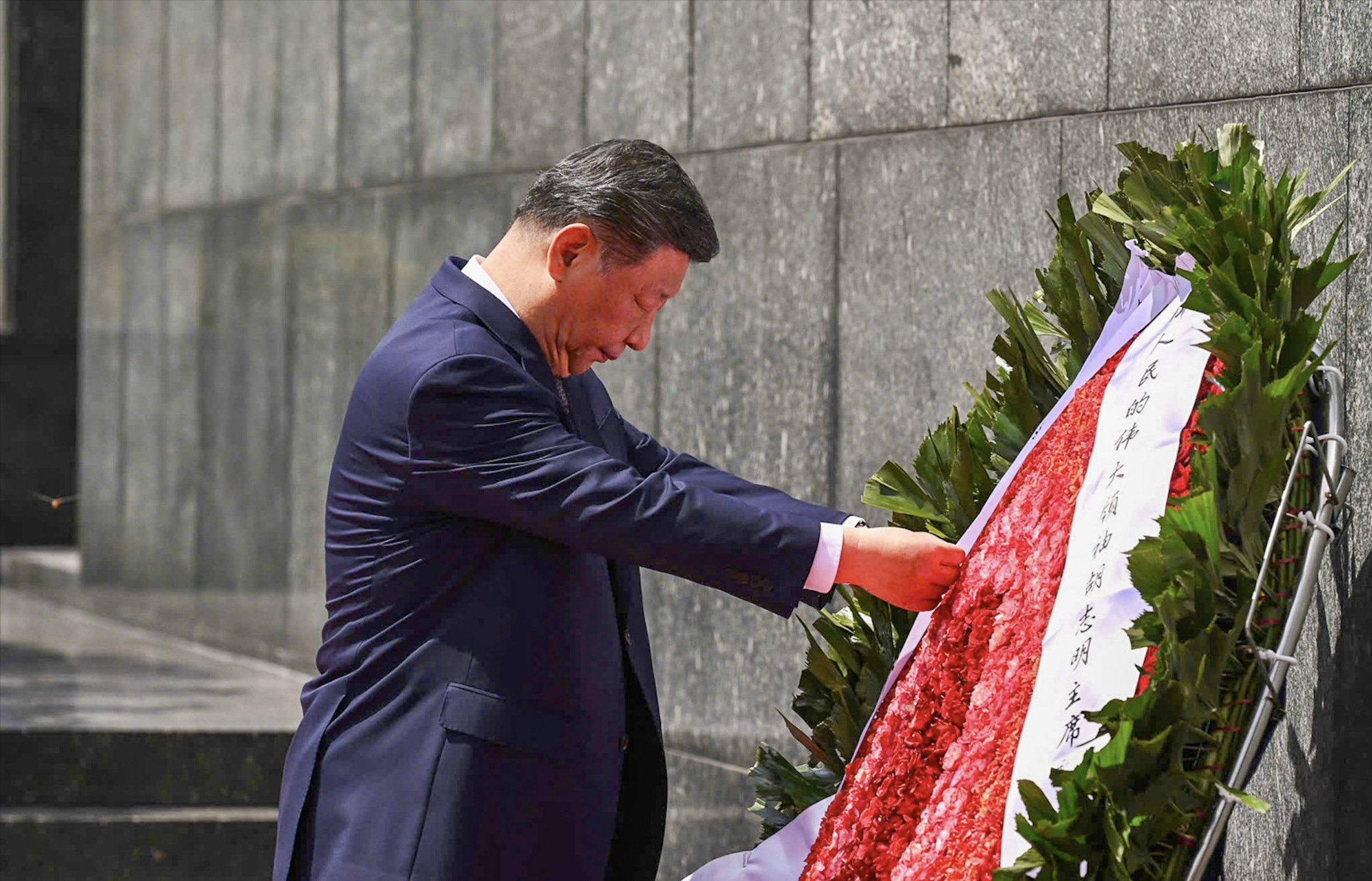







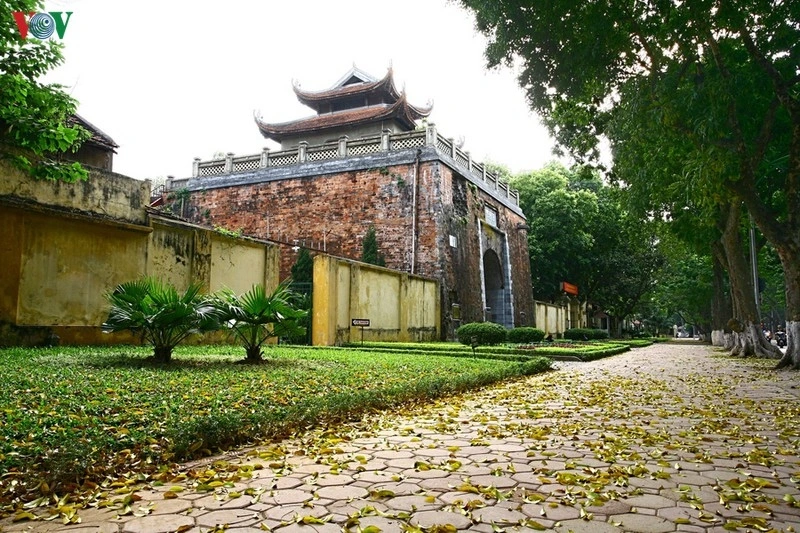
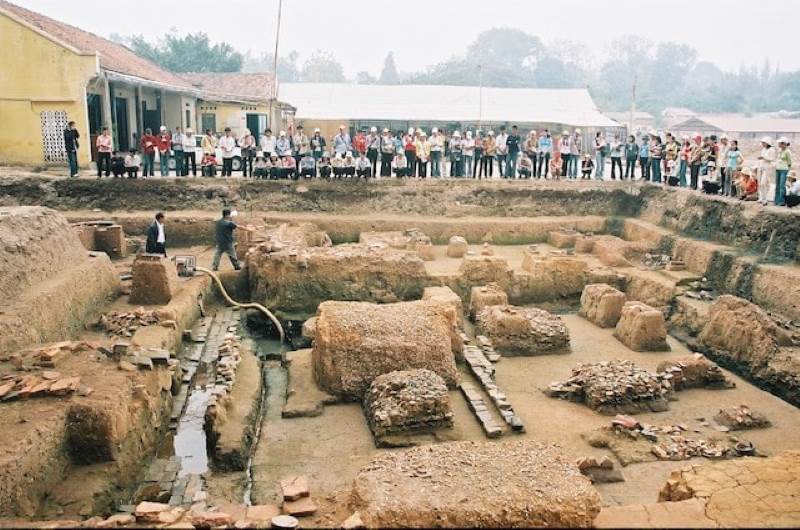

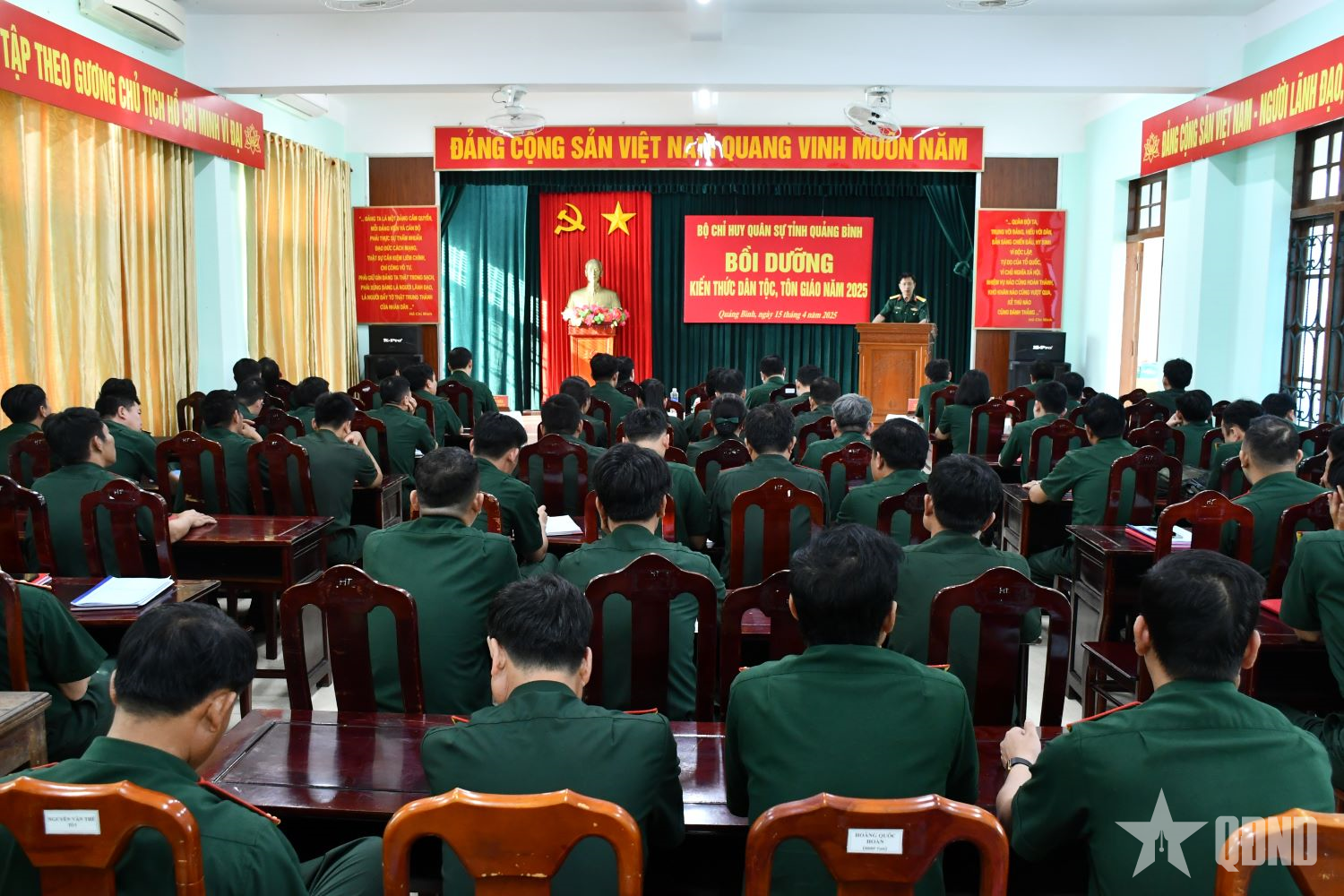












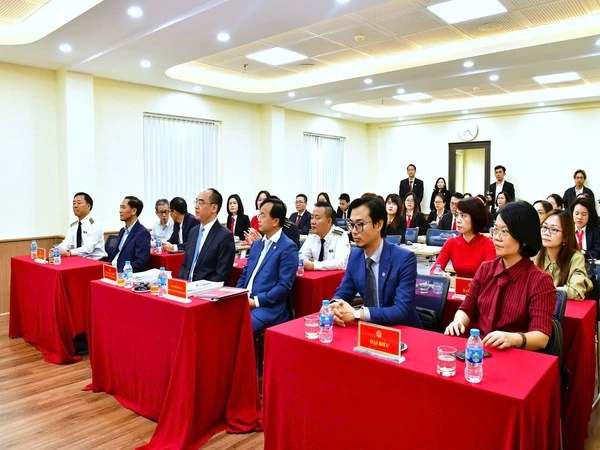



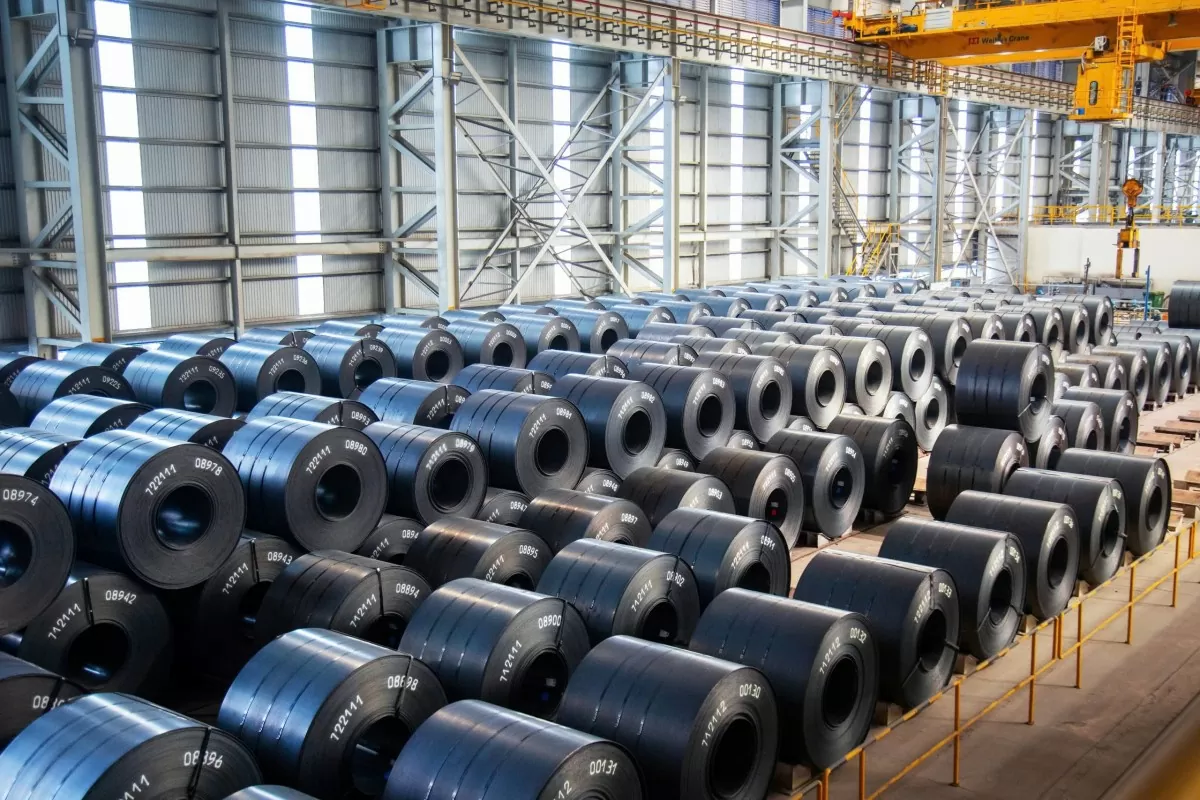
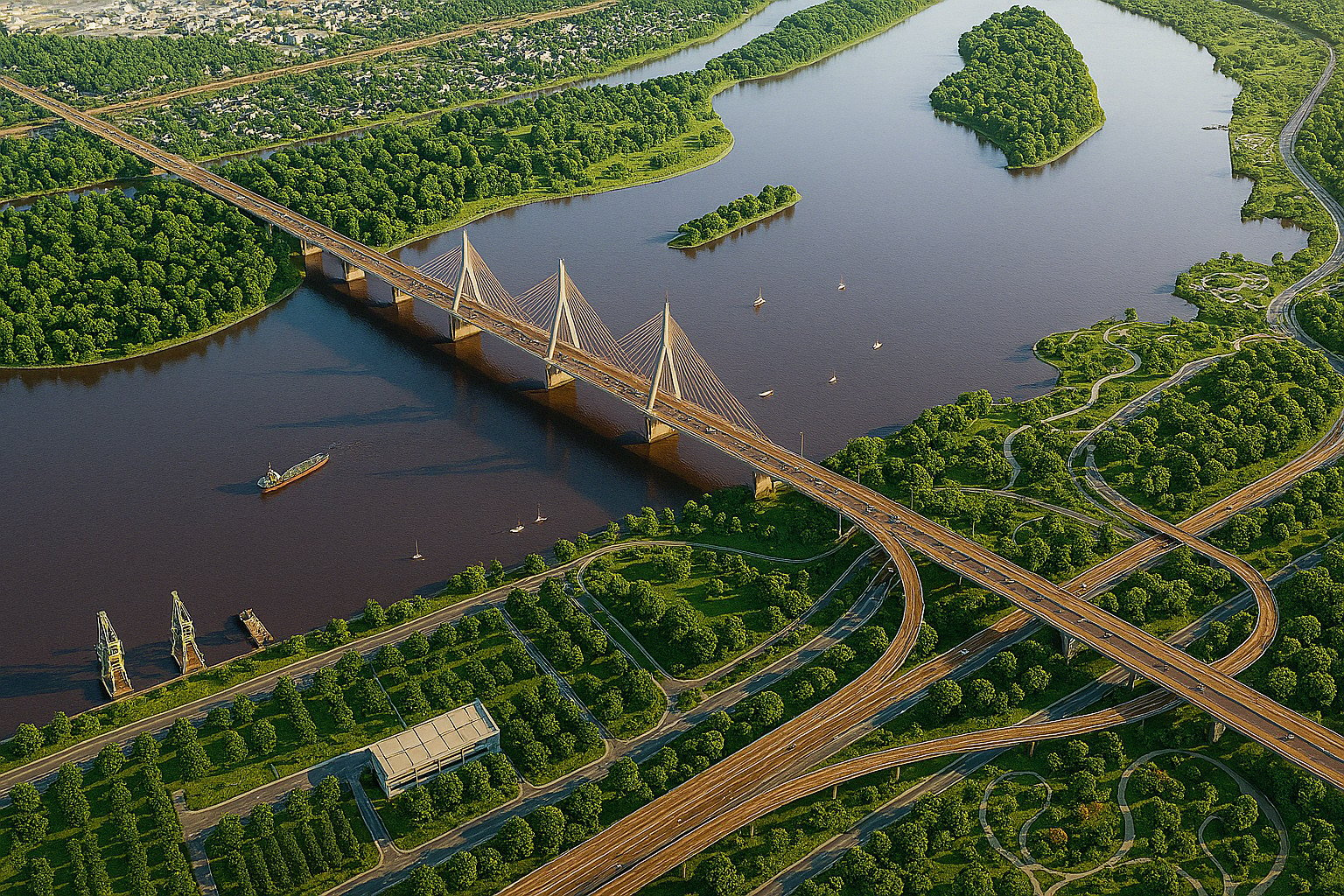

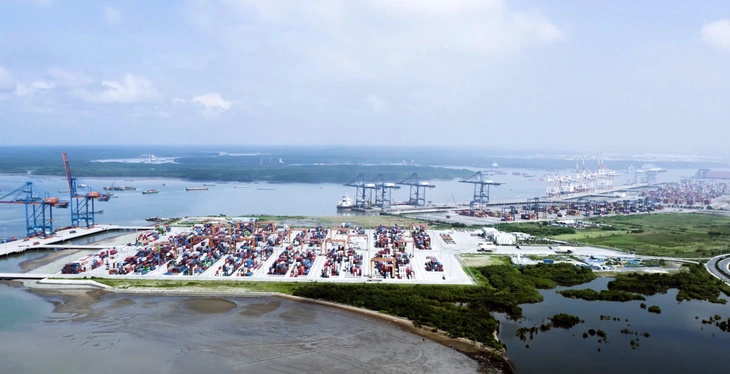


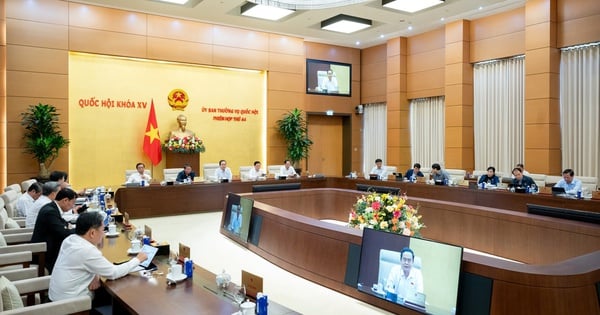

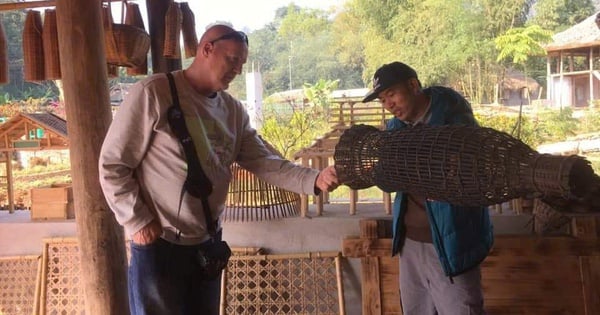




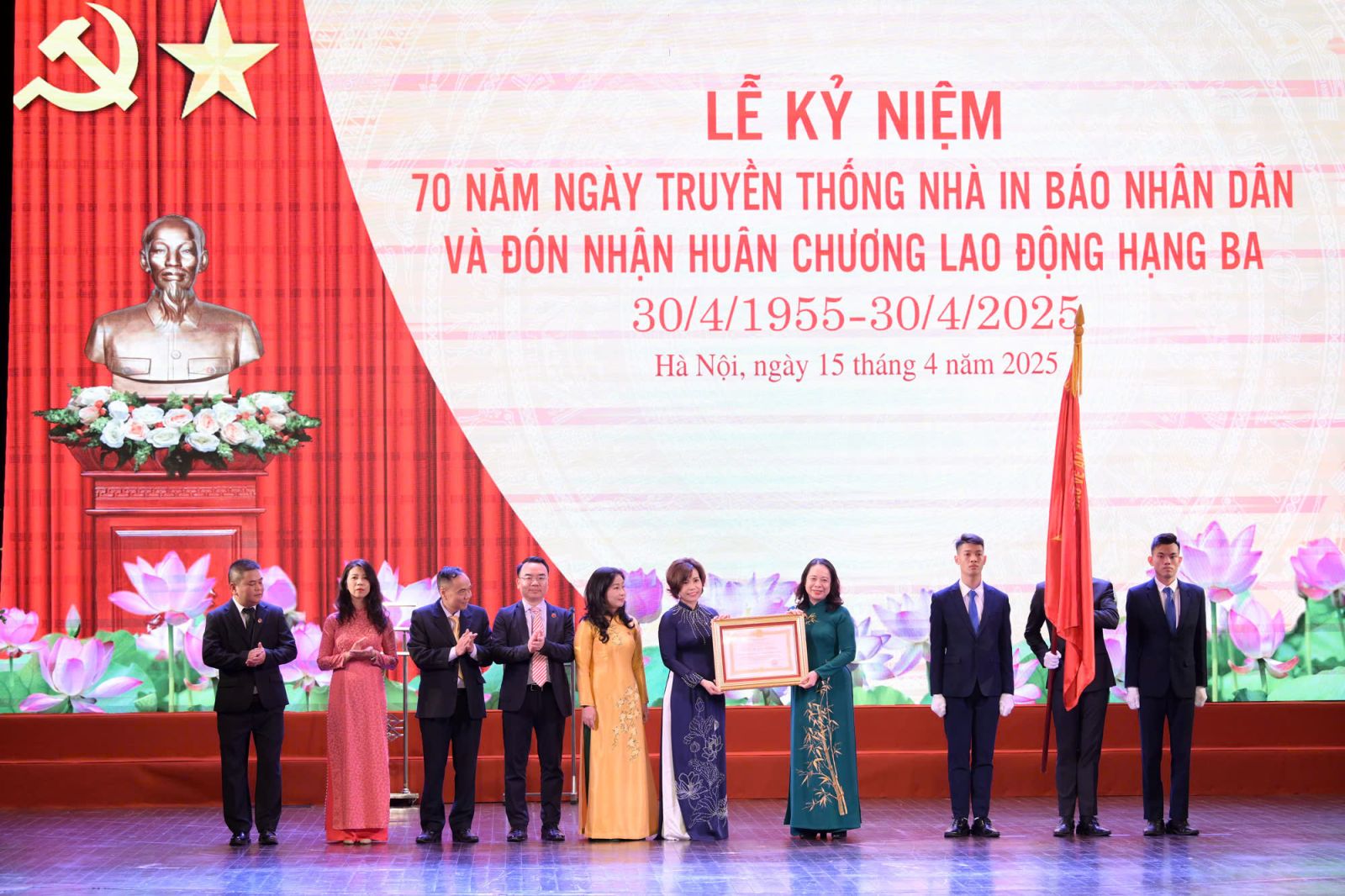

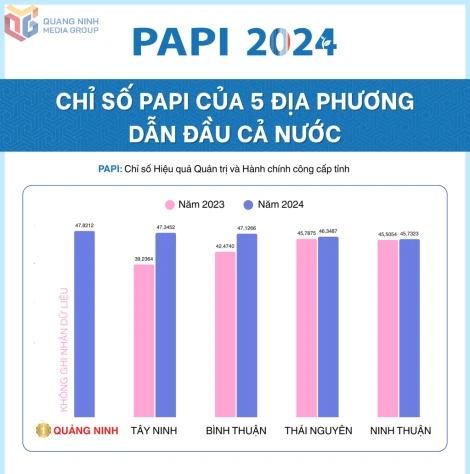









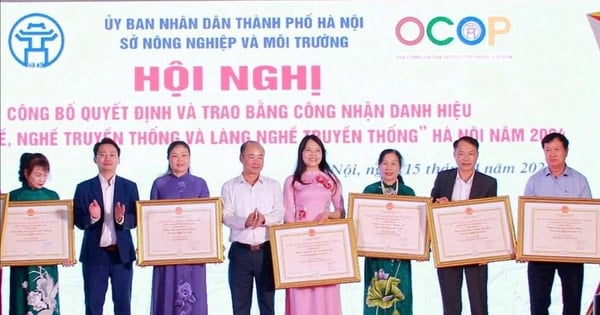


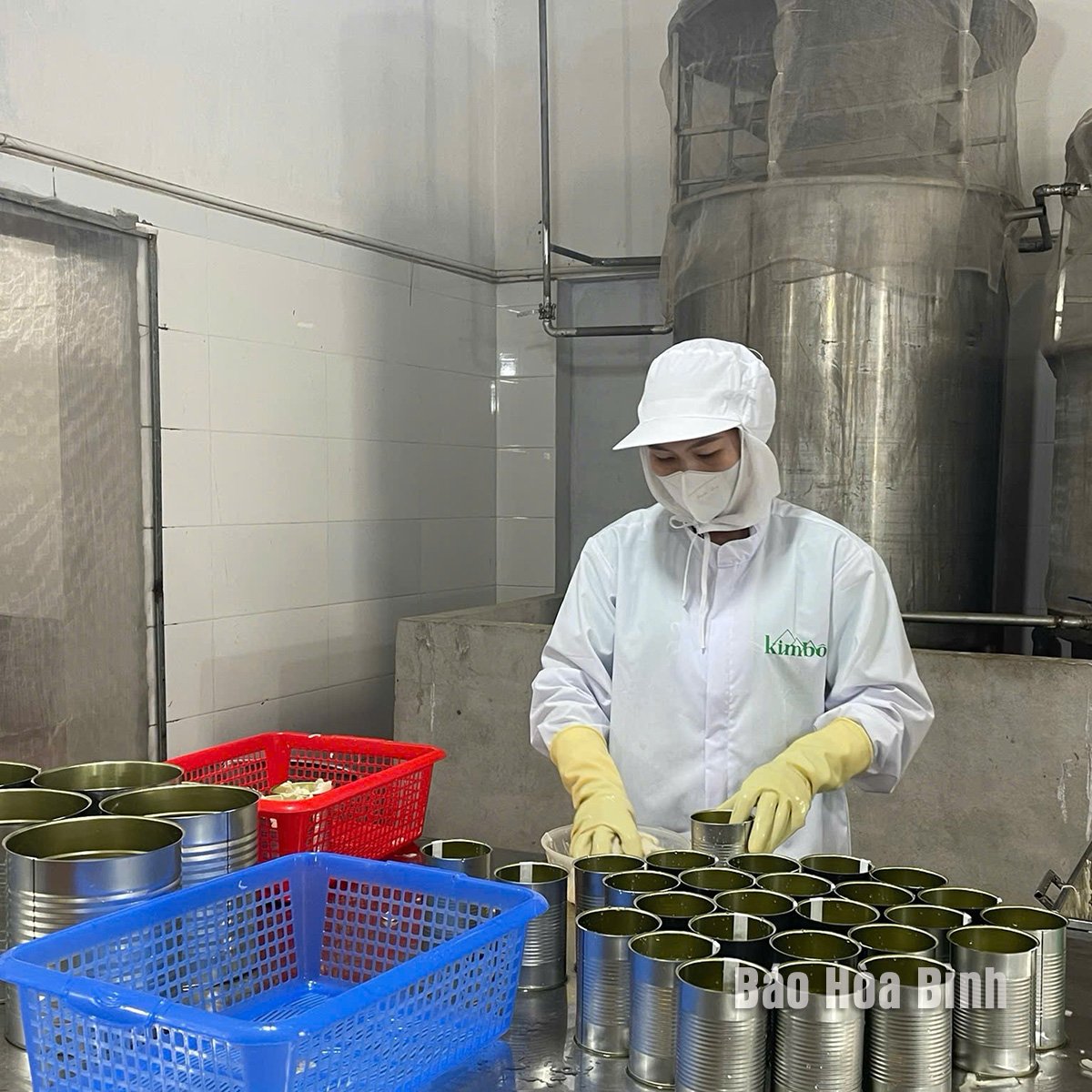

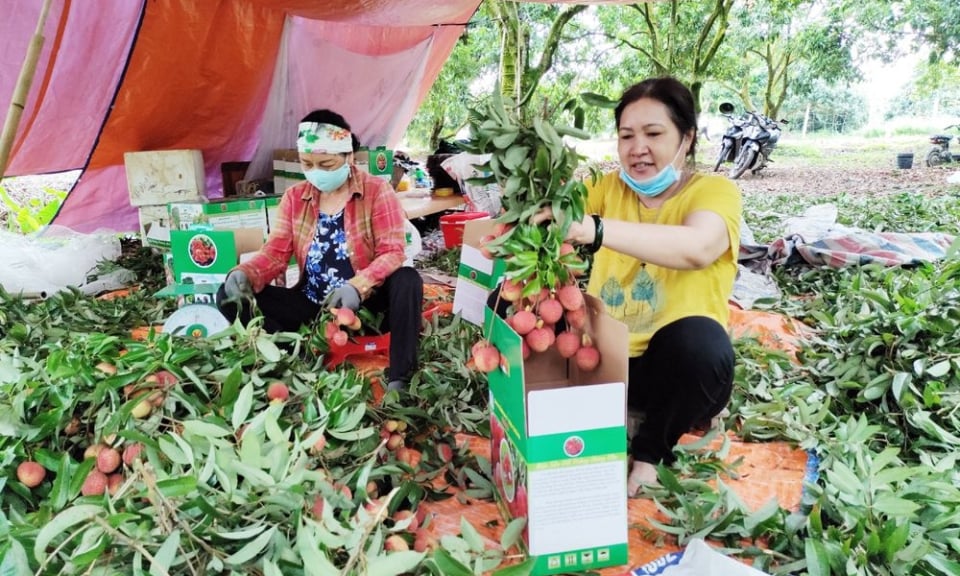


Comment (0)